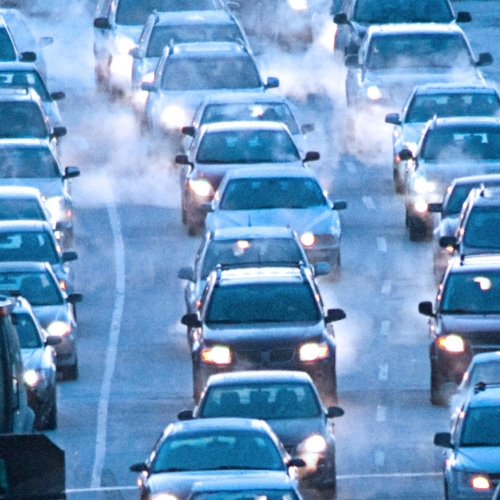Key points from article :
A new report shows complex & toxic changes in air composition due to the first lockdown.
Data was collected between March to June 2020 in South East UK.
Nitrogen dioxide (NO2) fell by 14-38% due to decrease in vehicle movements.
NOx and O3(ozone) lie in chemical balance in the air - if you disturb one, you alter the other.
Rapid decline of NOx led to an increase in ground-level ozone.
NOx declined but non-methane hydrocarbons (NMHCs) prevailed & allowed ozone to increase by 15%.
Such an atmosphere increases exposure to Ultra Fine Particulate Matter (UFPs).
This exacerbates the effects of respiratory diseases such as COVID-19.
While a decline in vehicle emissions is positive, decrease in NO2 caused a host of unintended consequences.
We need to understand air quality as a whole to form a proper response to tackle air pollution.
Research by U of Brighton published in Science of the Total Environment.



